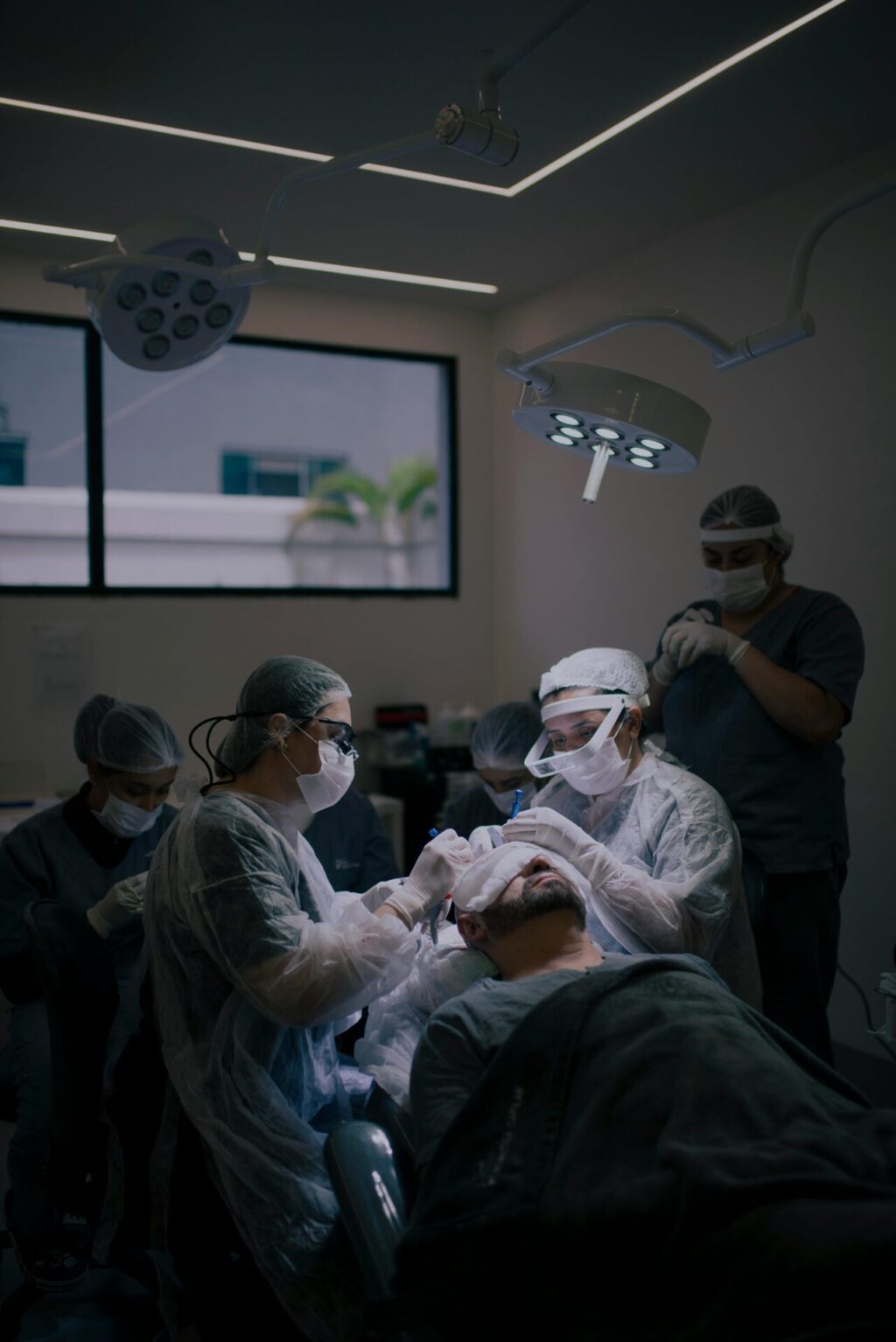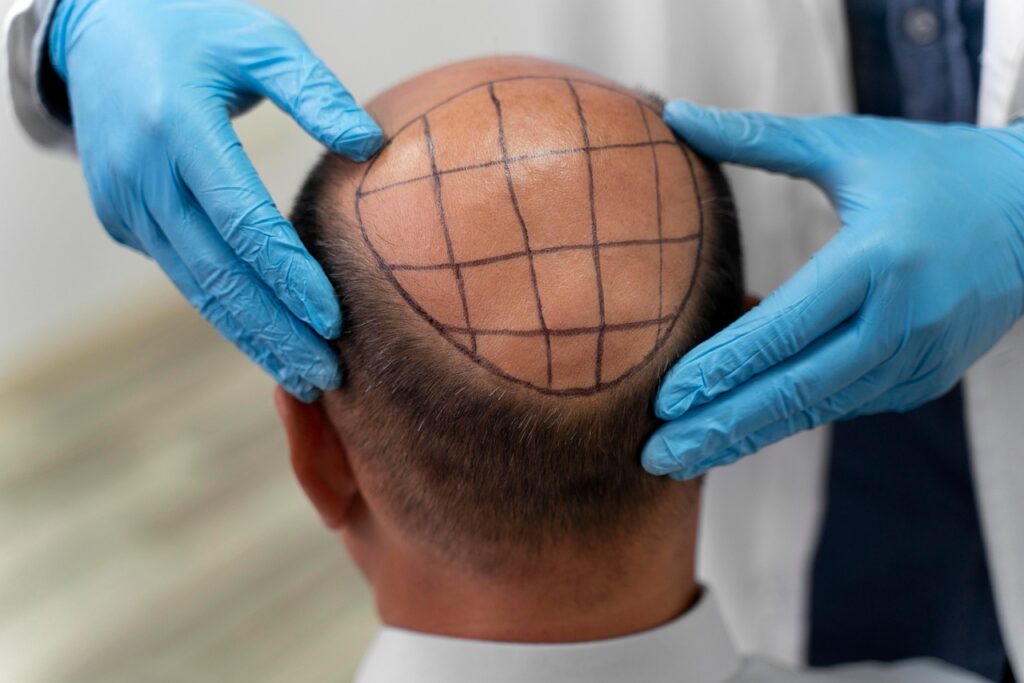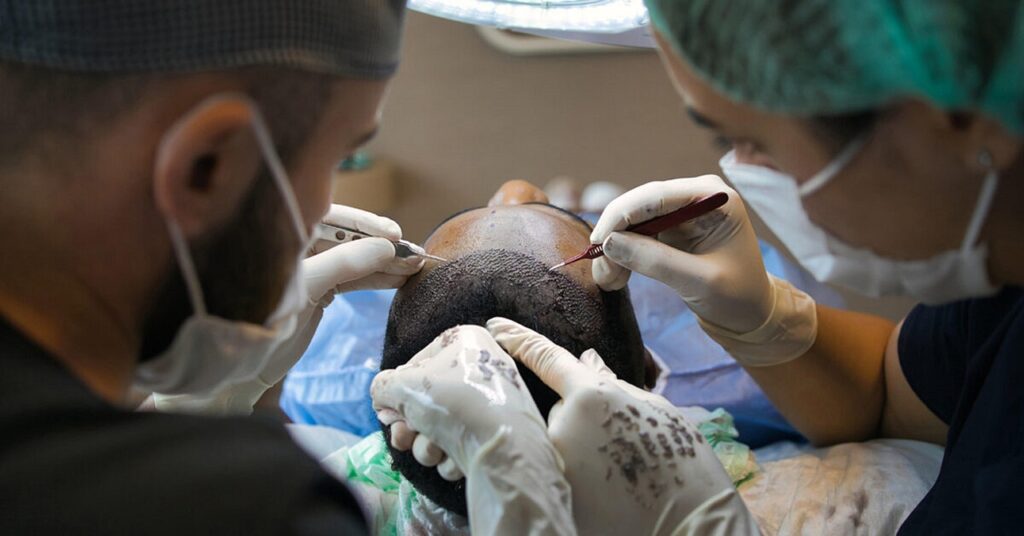
Your Health Magazine
4201 Northview Drive
Suite #102
Bowie, MD 20716
301-805-6805

More Hair Care Articles
Modern Hair Transplant Techniques: What You Need to Know Before Choosing the Right Clinic

Hair loss can be a deeply personal and emotional experience. Whether caused by genetics, stress, medical conditions, or aging, thinning hair often affects confidence, self-image, and overall well-being. Thankfully, the world of cosmetic medicine has evolved — and so have hair transplant procedures.
Today’s hair transplants are nothing like the outdated “plug” methods of the past. Modern techniques are minimally invasive, virtually scar-free, and produce incredibly natural-looking results. From celebrities to professionals and everyday individuals, more people are embracing hair restoration as a permanent solution to hair loss.
Clinics such as Fue India are at the forefront of this revolution, offering innovative hair transplant methods that combine medical precision, advanced technology, and artistic skill — giving patients renewed confidence and a natural appearance that lasts a lifetime.
What Is a Hair Transplant and How Does It Work?
A hair transplant is a microsurgical procedure that relocates healthy hair follicles from a donor area (usually the back or sides of the scalp) to areas affected by baldness or thinning. These transplanted follicles are genetically resistant to hair loss, which means they will continue to grow for life.
Over the years, the process has become more refined. What was once a time-consuming and painful surgery now takes place under local anesthesia, involves minimal discomfort, and offers rapid recovery. With proper care, transplanted hair continues to grow naturally, blending seamlessly with your existing hairline.
Why People Choose Hair Transplants
There are several reasons why hair transplants are gaining global popularity:
- Permanent Results: Unlike temporary fixes, transplants restore living hair that keeps growing naturally.
- Natural Appearance: Modern procedures ensure realistic density, direction, and texture.
- Boosted Confidence: Restoring your hair often restores your sense of identity and confidence.
- Low Maintenance: Once healed, transplanted hair requires no special upkeep — it can be washed, cut, and styled like normal hair.

Modern Hair Transplant Techniques Explained
1. Follicular Unit Extraction (FUE)
The FUE hair transplant is one of the most advanced and popular methods available today. In this technique, surgeons extract individual hair follicles directly from the donor area using tiny punches, then implant them into balding or thinning areas.
Advantages of FUE:
- Virtually scar-free and minimally invasive.
- Shorter healing time compared to traditional methods.
- Ideal for patients who prefer short hairstyles.
- Natural results with minimal downtime.
Clinics such as Fue India specialize in FUE, using precise tools and expert planning to create seamless, dense, and natural hairlines.
2. Follicular Unit Transplantation (FUT)
Also known as the strip method, FUT involves removing a thin strip of scalp from the donor area, which is then divided into individual follicular units for implantation.
Advantages of FUT:
- Ideal for those requiring a large number of grafts.
- Offers excellent density and coverage.
- Often more cost-effective than FUE.
While FUT leaves a linear scar, it is easily hidden under surrounding hair and remains a preferred option for many patients seeking maximum graft yield.
3. Direct Hair Implantation (DHI)
A newer innovation in hair transplant surgery, DHI uses specialized pens to directly implant follicles into the scalp without creating incisions beforehand. This results in greater control over angle, depth, and direction — ensuring even more natural growth patterns.
Advantages of DHI:
- Reduced trauma and faster recovery.
- High precision with minimal bleeding.
- Excellent graft survival rate.
4. Robotic and Automated Hair Transplants
Some clinics are now using robotic-assisted hair transplantation systems to enhance precision and efficiency. These systems use AI-driven mapping to identify optimal donor hairs and placement sites, reducing human error and improving consistency.
Benefits:
- Higher accuracy.
- Shorter procedure time.
- Enhanced natural outcomes.

How to Choose the Right Hair Transplant Clinic
Choosing the best clinic is just as important as selecting the right procedure. Here are some crucial factors to consider before scheduling your consultation:
- Surgeon Expertise: Always verify the surgeon’s training, certifications, and years of experience in hair restoration.
- Technology Used: Clinics like Fue India utilize state-of-the-art technology to ensure maximum graft survival and natural aesthetics.
- Patient Reviews: Check testimonials and before-and-after photos for proof of consistent, high-quality results.
- Transparency: A reputable clinic will provide realistic expectations, a detailed cost breakdown, and aftercare guidance.
- Personalized Consultation: Every patient’s hair loss pattern is unique. Customized planning ensures better outcomes and higher satisfaction.
The Recovery Process and Aftercare
After undergoing a hair transplant, proper post-procedure care is essential to ensure long-term success. Here’s what to expect:
- Mild Redness or Swelling: This subsides within a few days.
- Temporary Shedding: Newly transplanted hair may fall out before regrowth begins — this is normal and temporary.
- New Growth Timeline: Hair usually starts to grow around 3–4 months post-surgery, with visible density by 8–12 months.
- Avoid Strenuous Activities: Protect your scalp from excessive sweat and sunlight during the first two weeks.
With expert guidance and careful aftercare, you’ll soon see your new hairline take shape — fuller, natural, and permanent.
Setting Realistic Expectations
One of the biggest myths about hair transplants is expecting instant results. While the transformation is remarkable, it’s gradual. The transplanted follicles need time to settle and begin new growth cycles. Patience pays off — within a year, you’ll have natural, healthy hair that grows just like your original strands.
Experienced clinics such as Fue India Hair Transplant focus on achieving not just density, but harmony — ensuring your new hairline complements your facial features and age for a completely authentic look.
The Future of Hair Restoration
Hair transplant technology continues to evolve with promising new breakthroughs in regenerative medicine, stem cell therapy, and platelet-rich plasma (PRP). These techniques help improve follicle survival rates, speed up recovery, and promote natural hair regrowth.
Future advancements aim to make the process even less invasive, more efficient, and more affordable — bringing the dream of lifelong, healthy hair within everyone’s reach.
Conclusion: Investing in Yourself
A modern hair transplant is more than just a cosmetic procedure — it’s a life-changing investment in confidence, self-image, and well-being. With the right technique and an experienced team, you can enjoy natural, lasting results that look and feel completely your own.
If you’re considering hair restoration, choose a clinic that values precision, artistry, and patient satisfaction. Clinics like Fue India combine advanced FUE technology with world-class expertise to deliver transformative, permanent results that truly restore more than just your hair — they restore your confidence.
Other Articles You May Find of Interest...
- Transform Your Hair: Rogaine Before and After Results Explained
- Low Salt Surfactants: Why They’re Excellent for Hair Care
- Is Coconut Oil Beneficial for Your Hair? Discover Its Amazing Effects!
- What to Expect 2 Months After DHI Hair Transplant?
- Understanding the Impact of Finasteride: What to Expect After One Year of Treatment
- Hair Health and Wellness: Understanding Quality Hair Care Solutions
- Natural anti dandruff shampoo: what ingredients to look for














